Home>Furniture & Design>Outdoor Furniture>How To Power Outdoor Speakers
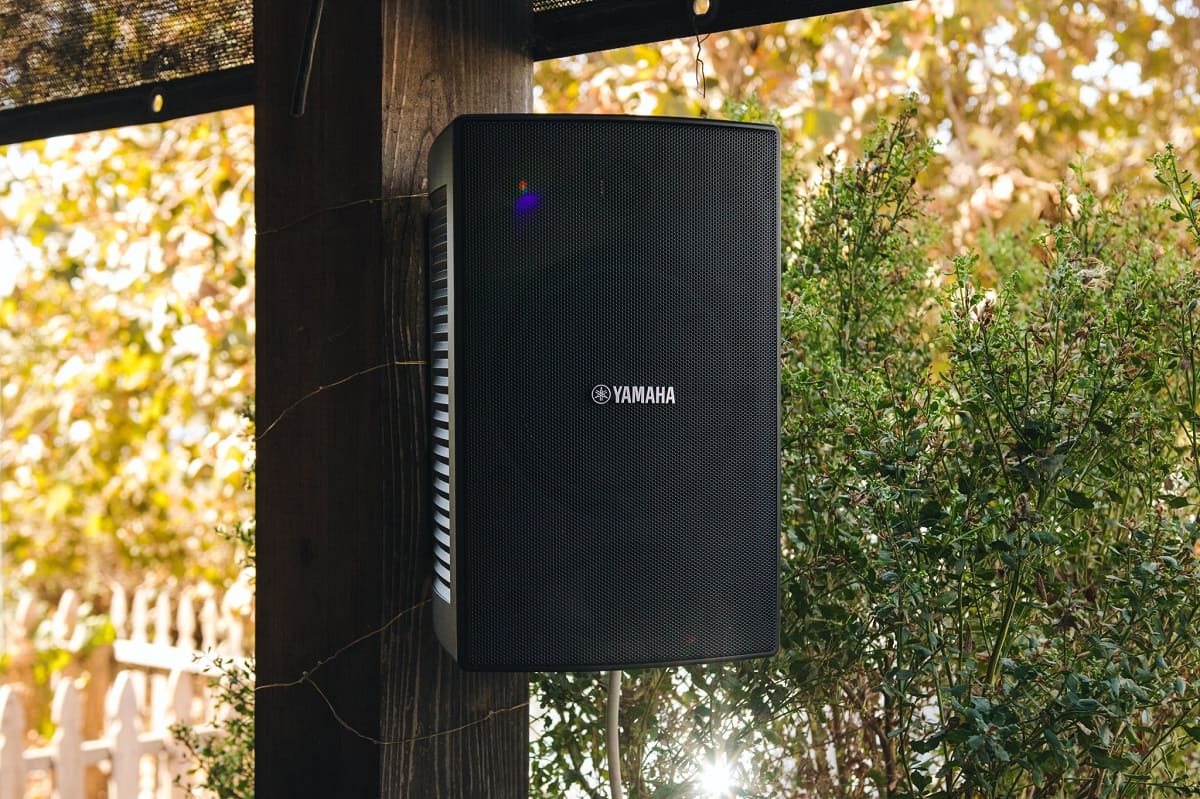

Outdoor Furniture
How To Power Outdoor Speakers
Modified: August 28, 2024
Learn how to power outdoor speakers and enhance your outdoor furniture and design with our expert tips and recommendations. Create the perfect outdoor entertainment space.
(Many of the links in this article redirect to a specific reviewed product. Your purchase of these products through affiliate links helps to generate commission for Storables.com, at no extra cost. Learn more)
Introduction
When it comes to creating an inviting outdoor space, the right music can make all the difference. Whether you're hosting a lively barbecue, enjoying a relaxing evening under the stars, or simply soaking up the sun, outdoor speakers can elevate the ambiance and provide the perfect soundtrack for any occasion. However, to ensure that your outdoor speakers deliver optimal performance, it's essential to understand how to power and set them up effectively.
In this comprehensive guide, we'll delve into the essential steps for powering outdoor speakers, from selecting the right equipment to making the necessary connections. By the end of this article, you'll have the knowledge and confidence to enhance your outdoor living area with high-quality sound, creating an atmosphere that complements your unique style and preferences. Let's embark on this journey to transform your outdoor space into a captivating audio oasis.
Key Takeaways:
- Elevate your outdoor space with the perfect soundtrack by choosing weather-resistant speakers and matching them with the right amplifier for exceptional sound quality.
- Create a captivating outdoor audio oasis by positioning and orienting your speakers strategically, integrating them seamlessly with your outdoor decor for an immersive experience.
Read more: How To Hide Outdoor Speakers
Choosing the Right Outdoor Speakers
Before diving into the technical aspects of powering outdoor speakers, it’s crucial to select the right speakers for your outdoor environment. Outdoor speakers are designed to withstand various weather conditions, ensuring durability and consistent performance in the face of moisture, UV exposure, and temperature fluctuations. Here are some key factors to consider when choosing outdoor speakers:
- Weather Resistance: Look for speakers with weather-resistant features, such as rust-proof enclosures, UV-resistant materials, and durable speaker cones. These elements ensure that the speakers can withstand rain, snow, and prolonged sun exposure without compromising sound quality.
- Speaker Type: Outdoor speakers come in various types, including wall-mounted, freestanding, and landscape speakers. Consider the layout of your outdoor space and the desired audio coverage to determine the most suitable speaker type for your needs.
- Sound Quality: Opt for speakers that deliver balanced sound reproduction across different frequencies. Clear and robust audio output is essential for creating an immersive listening experience in outdoor settings.
- Power Handling: Assess the power handling capabilities of the speakers to ensure compatibility with your amplifier or receiver. Adequate power handling allows the speakers to handle higher volumes without distortion, catering to larger outdoor areas.
- Installation Flexibility: Depending on your outdoor layout, consider the ease of installation and the flexibility of speaker placement. Some speakers are designed for easy mounting on walls, ceilings, or even disguising within garden landscapes for a seamless integration with the outdoor decor.
By carefully evaluating these factors, you can narrow down your options and choose outdoor speakers that align with your specific outdoor audio requirements. Once you’ve selected the ideal speakers, the next step is to ensure they receive the appropriate power supply for optimal performance.
Powering Outdoor Speakers
Powering outdoor speakers effectively involves understanding the power requirements of the speakers and selecting the appropriate amplifier or receiver to drive them. The power handling capabilities of outdoor speakers, measured in watts, determine the amount of power they can handle without distortion. When it comes to powering outdoor speakers, it’s essential to consider the following aspects:
- Matching Power Ratings: Ensure that the power rating of the amplifier or receiver aligns with the power handling capacity of the outdoor speakers. Mismatched power levels can result in underpowered or overdriven speakers, leading to compromised sound quality or potential damage to the speakers.
- Amplifier Compatibility: Select an amplifier or receiver that is compatible with the impedance rating of the outdoor speakers. Impedance, measured in ohms, indicates the speaker’s resistance to electrical current. Using an amplifier with an incompatible impedance rating can affect the overall performance and longevity of the speakers.
- Consider Audio Sources: Determine the audio sources that will be connected to the amplifier, such as a music player, streaming device, or audio distribution system. The amplifier should accommodate the input sources and provide the necessary connectivity options for seamless integration with your outdoor audio setup.
- Power Efficiency: Opt for an amplifier with efficient power utilization, especially if you plan to power multiple outdoor speakers. Energy-efficient amplifiers can deliver robust sound output while minimizing power consumption, contributing to eco-friendly and cost-effective operation.
- Weatherproofing and Durability: If the amplifier or receiver will be installed in an outdoor location, prioritize models with weatherproof construction and robust build quality. Weather-resistant features protect the amplifier from environmental elements, ensuring reliable performance in outdoor settings.
By carefully evaluating these considerations, you can select an amplifier or receiver that complements the power requirements of your outdoor speakers while providing the necessary features for seamless integration and consistent audio performance. Once you have the appropriate power source in place, the next step is to connect the outdoor speakers to the power supply and configure the setup for optimal sound distribution.
When powering outdoor speakers, make sure to use weatherproof and outdoor-rated power sources to prevent damage from moisture and other outdoor elements.
Connecting Outdoor Speakers to Power Source
Connecting outdoor speakers to a power source involves establishing the electrical and audio connections necessary to deliver sound from the amplifier or receiver to the speakers. Properly connecting the speakers ensures that they receive the required power and audio signals, enabling them to reproduce high-quality sound across your outdoor space. Here are the essential steps for connecting outdoor speakers to the power source:
- Identify Speaker Wiring: Begin by identifying the speaker wiring that will be used to connect the outdoor speakers to the amplifier or receiver. Quality outdoor speaker wire with weather-resistant insulation is recommended to withstand outdoor conditions and maintain signal integrity.
- Position the Amplifier: If the amplifier or receiver is located indoors, position it in a central location that allows for efficient wiring to the outdoor speakers. Ensure that the amplifier is placed in a well-ventilated area and protected from moisture and extreme temperatures.
- Measure Wire Length: Measure the required length of speaker wire to reach each outdoor speaker from the amplifier location. Add some extra length for flexibility and adjustments during the installation process.
- Secure Wiring Path: Route the speaker wire from the amplifier to the outdoor speakers, securing it along safe and concealed paths to prevent tripping hazards and minimize exposure to potential damage from environmental elements.
- Make Electrical Connections: Strip the ends of the speaker wire and make the electrical connections between the amplifier and the outdoor speakers. Ensure a secure and proper connection, observing polarity to maintain phase consistency for all connected speakers.
- Weatherproof Connections: Utilize weatherproof junction boxes or connectors to safeguard the electrical connections from moisture and debris. Proper weatherproofing ensures the long-term reliability and safety of the speaker connections in outdoor environments.
- Test Speaker Operation: After completing the connections, test the operation of each outdoor speaker to verify that they receive the audio signals and power effectively. Fine-tune the amplifier settings to achieve the desired sound balance and coverage across the outdoor area.
By following these steps, you can establish secure and reliable connections between the outdoor speakers and the power source, setting the stage for immersive outdoor audio experiences. Once the speakers are connected, the next crucial phase involves setting up the outdoor speakers in strategic locations to optimize sound distribution and coverage.
Setting Up Outdoor Speakers
Setting up outdoor speakers involves strategically positioning and orienting the speakers to deliver optimal sound coverage and quality throughout your outdoor living space. By carefully planning the speaker placement and considering environmental factors, you can create an immersive audio environment that enhances various outdoor activities and gatherings. Here are the essential steps for setting up outdoor speakers:
- Assess Outdoor Layout: Survey your outdoor area to identify key zones where audio coverage is desired, such as patio areas, seating areas, and garden spaces. Consider the layout of the space and the potential listening areas to determine the ideal placement for the speakers.
- Optimize Sound Projection: Position the outdoor speakers to project sound towards the primary listening areas while minimizing sound leakage to neighboring properties. Utilize wall mounts, speaker stands, or landscape fixtures to achieve the desired speaker orientation and coverage pattern.
- Maximize Sound Reflection: Take advantage of natural acoustics and architectural features in your outdoor environment to enhance sound reflection and dispersion. Angling the speakers towards solid surfaces can help create a more immersive and balanced audio experience.
- Consider Elevation and Angling: If possible, elevate the outdoor speakers to a suitable height to optimize sound propagation and minimize obstructions. Angling the speakers downward can help direct sound towards the listening areas while reducing the impact of ambient noise and environmental factors.
- Protect from Environmental Hazards: Ensure that the outdoor speakers are positioned away from direct exposure to water, excessive sunlight, and potential physical damage. Consider using weatherproof enclosures or covers to shield the speakers from environmental hazards without compromising sound quality.
- Test Sound Distribution: Once the speakers are positioned, test the sound distribution and quality across different listening areas. Adjust the speaker orientation and settings as needed to achieve a balanced and immersive audio experience that complements your outdoor activities.
- Integrate with Outdoor Decor: Blend the outdoor speakers seamlessly with your outdoor decor and landscaping to create a cohesive and aesthetically pleasing audio setup. Conceal wiring where possible and ensure that the speakers harmonize with the overall visual appeal of the outdoor space.
By following these steps, you can optimize the placement and orientation of outdoor speakers to deliver exceptional sound performance while seamlessly integrating them with your outdoor environment. With the speakers set up strategically, you can immerse yourself and your guests in a captivating outdoor audio experience that enriches every moment spent in your outdoor oasis.
Read more: What Are The Best Outdoor Speakers?
Conclusion
Transforming your outdoor space into a captivating audio oasis involves a thoughtful approach to selecting, powering, and setting up outdoor speakers. By choosing weather-resistant speakers that align with your audio preferences and outdoor layout, you can lay the foundation for an immersive outdoor audio experience. Understanding the power requirements and selecting the right amplifier or receiver ensures that your outdoor speakers receive the necessary power and audio signals to deliver exceptional sound quality.
Connecting the outdoor speakers to the power source with secure and weatherproof wiring sets the stage for reliable and long-lasting outdoor audio performance. By carefully positioning and orienting the speakers, you can optimize sound coverage and projection, creating an inviting audio environment that complements various outdoor activities and gatherings.
Whether you’re hosting lively gatherings, unwinding with soothing melodies, or simply enjoying the serenity of nature, outdoor speakers can enrich your outdoor lifestyle and create lasting memories. The seamless integration of high-quality sound with your outdoor decor and landscaping enhances the ambiance of your outdoor space, elevating every moment spent in the open air.
As you embark on this journey to power and set up outdoor speakers, remember that attention to detail and thoughtful planning can make a significant difference in the overall audio experience. By prioritizing durability, sound quality, and seamless integration, you can create an outdoor audio oasis that reflects your unique style and enhances the allure of your outdoor living space.
With the knowledge and insights gained from this guide, you are well-equipped to embark on the rewarding endeavor of powering and setting up outdoor speakers, infusing your outdoor space with the magic of music and the joy of immersive soundscapes.
Frequently Asked Questions about How To Power Outdoor Speakers
Was this page helpful?
At Storables.com, we guarantee accurate and reliable information. Our content, validated by Expert Board Contributors, is crafted following stringent Editorial Policies. We're committed to providing you with well-researched, expert-backed insights for all your informational needs.
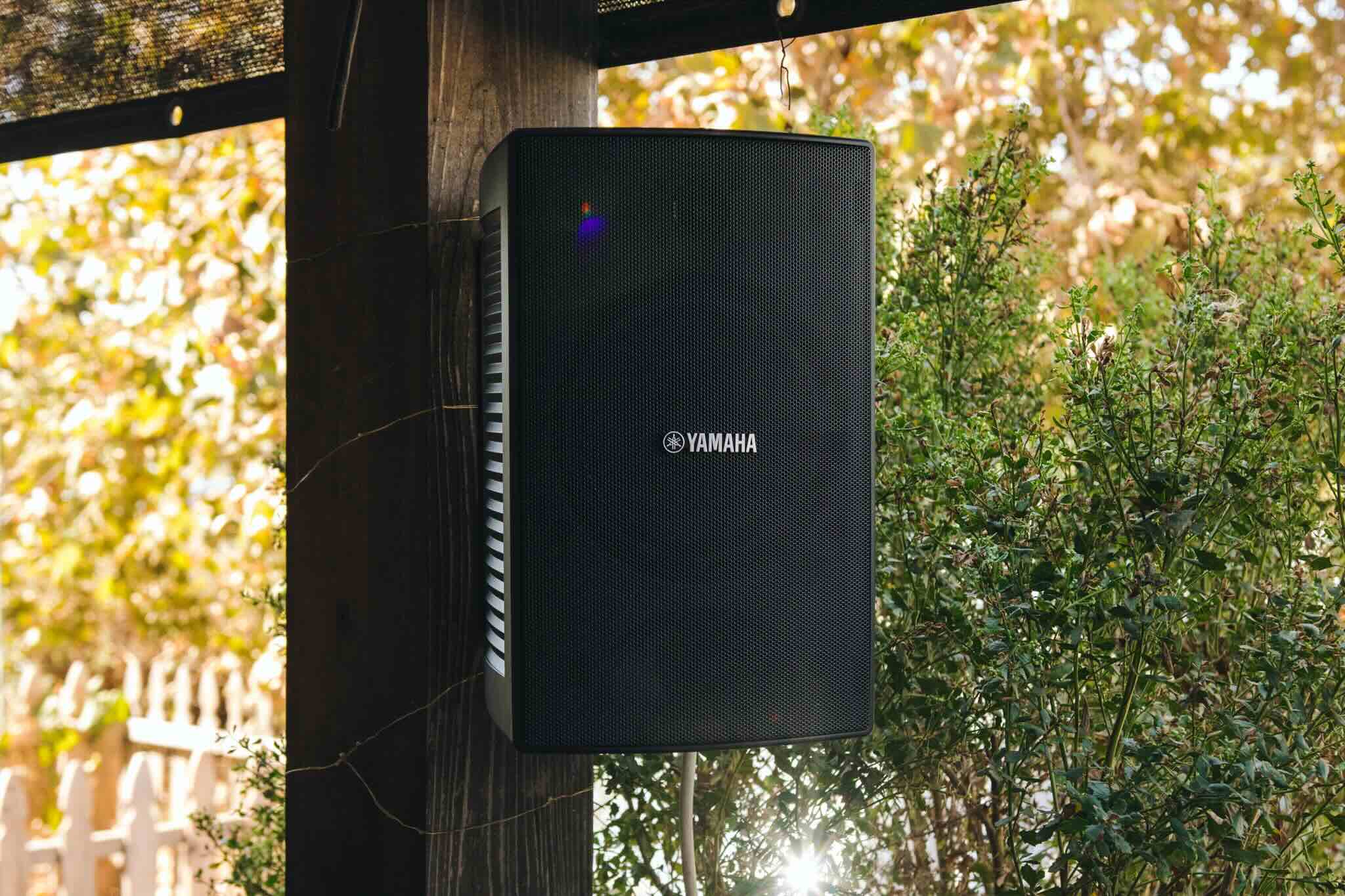
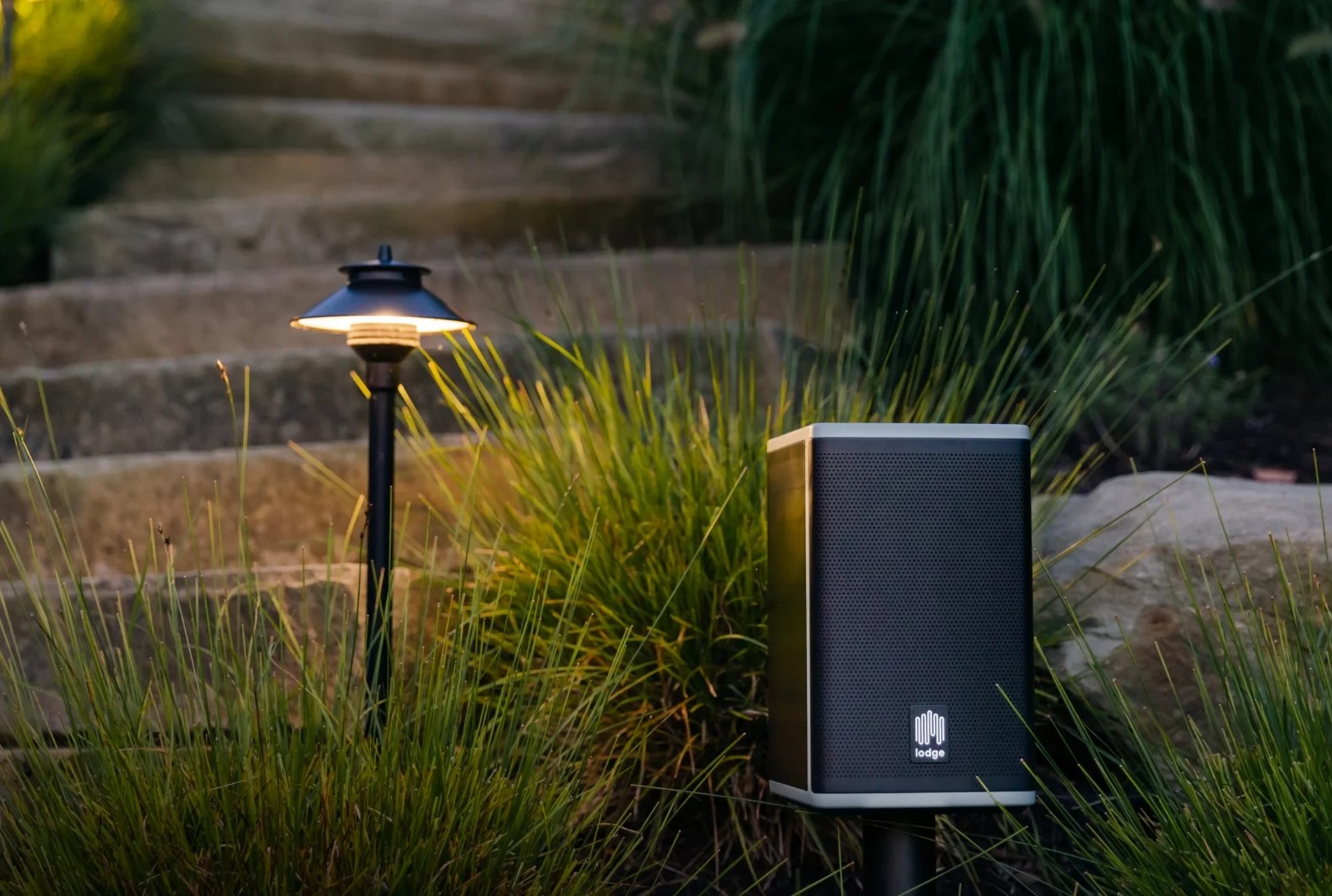
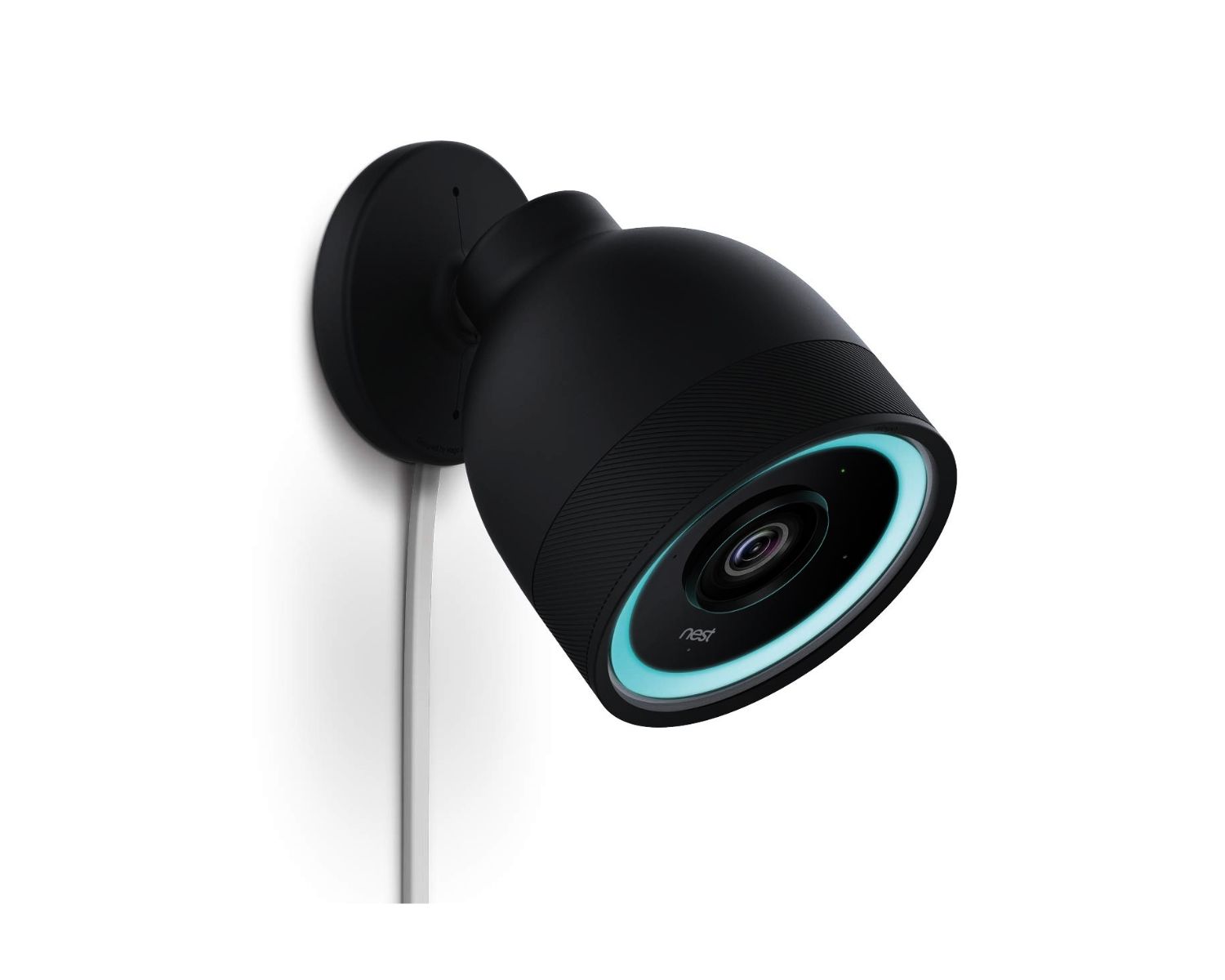
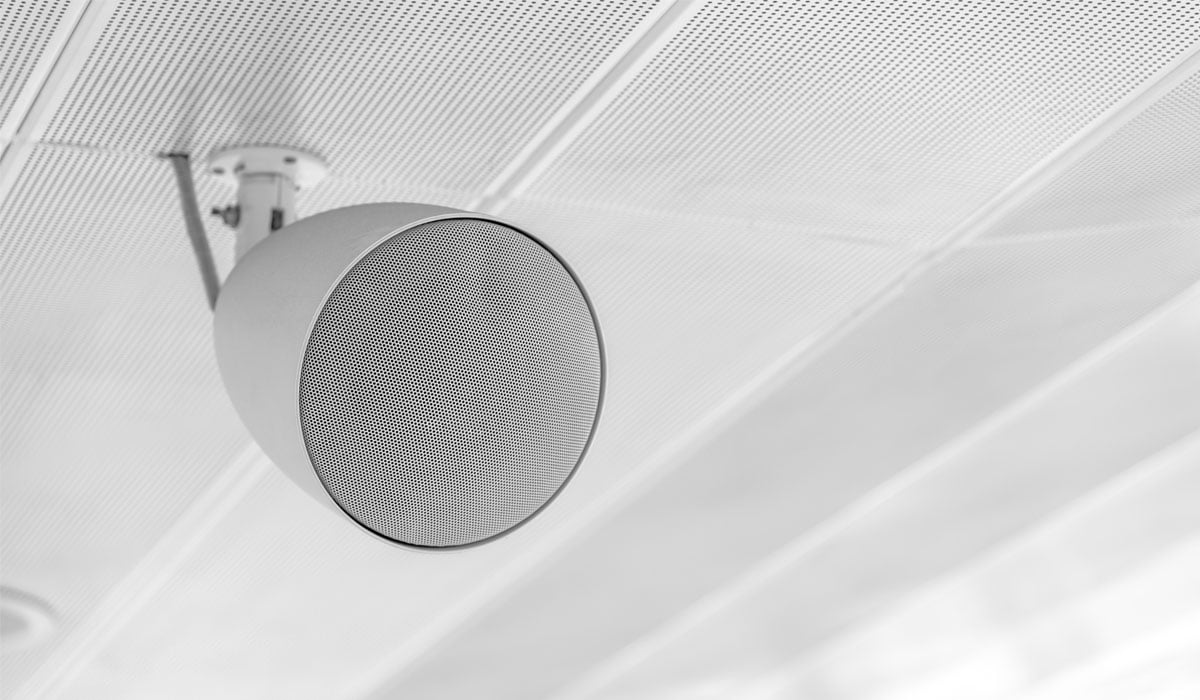
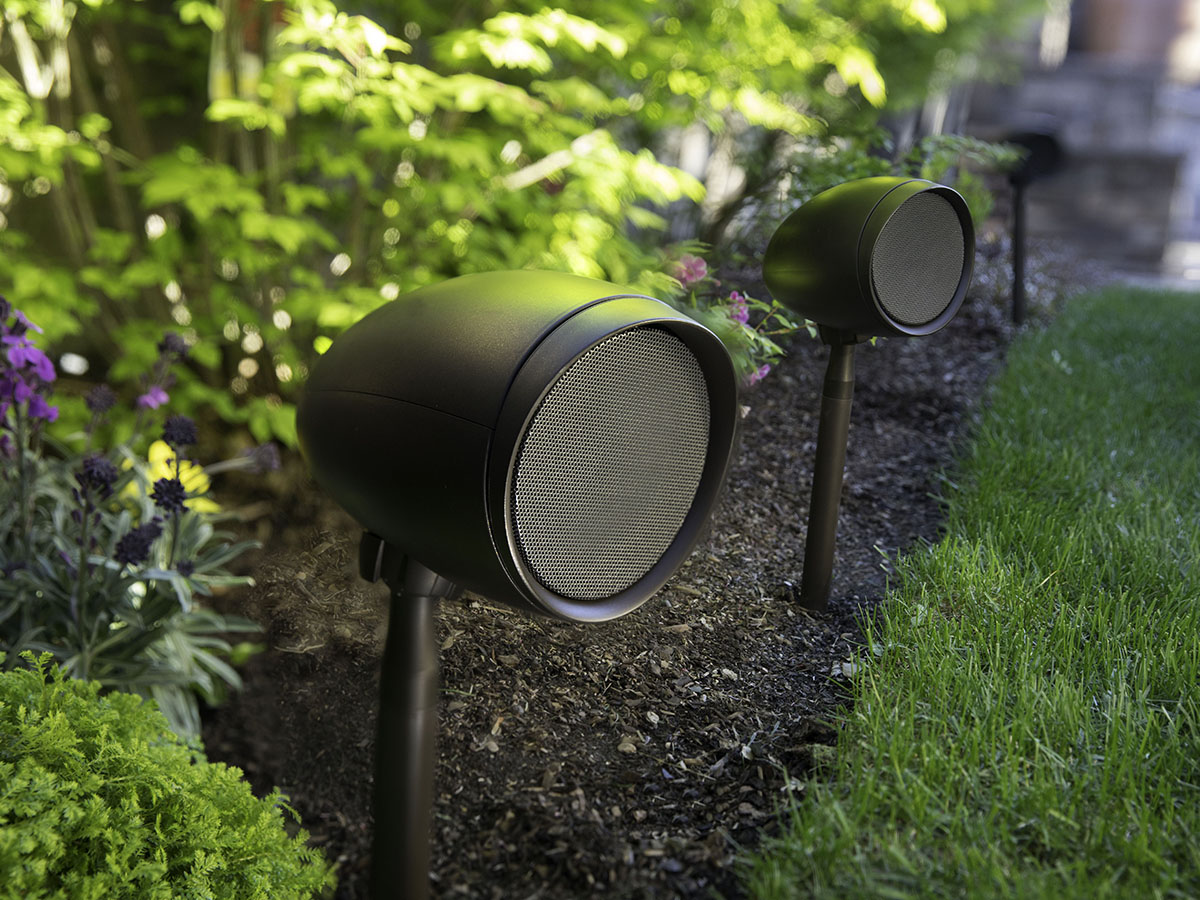
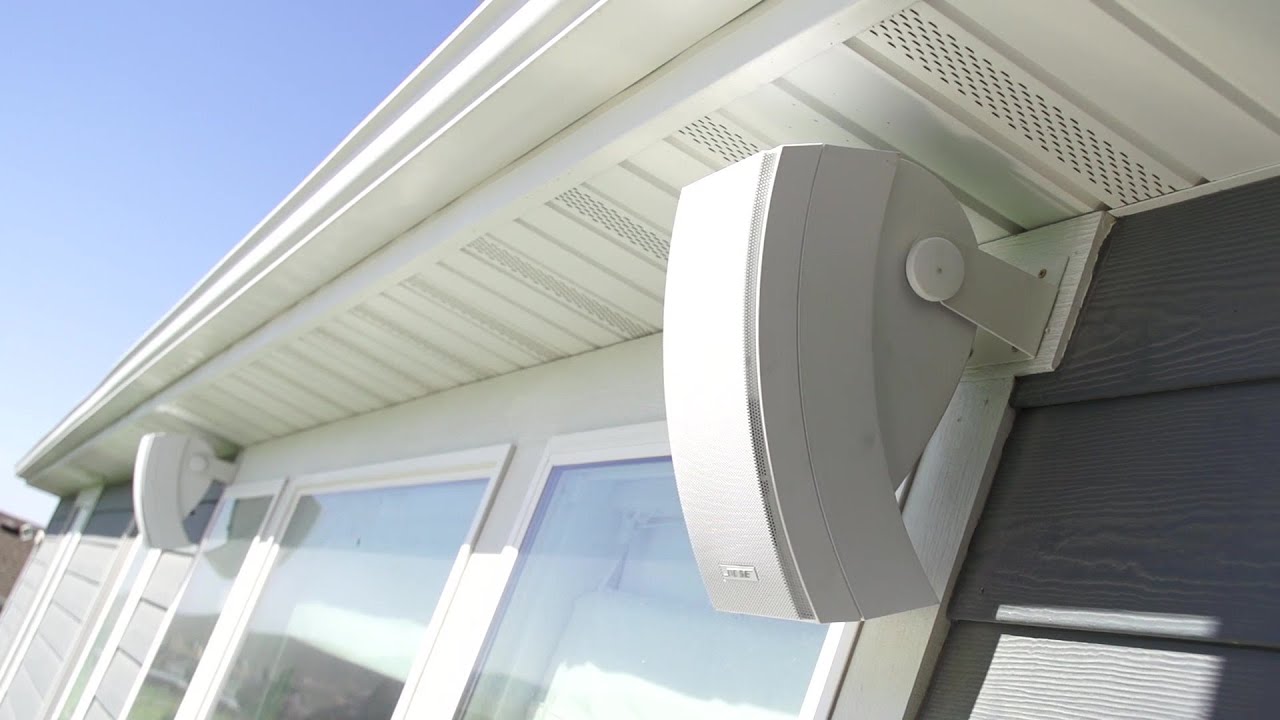
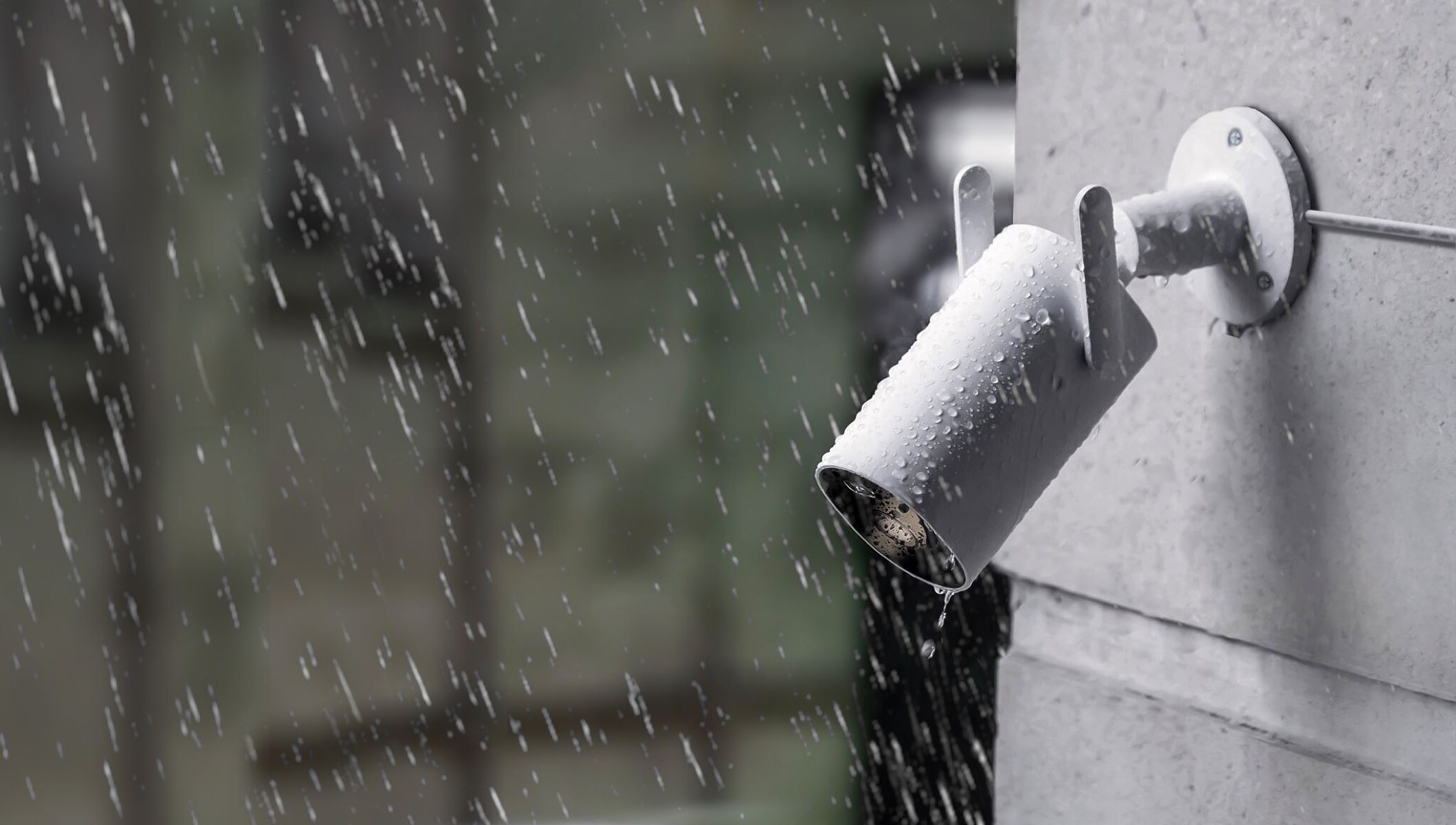
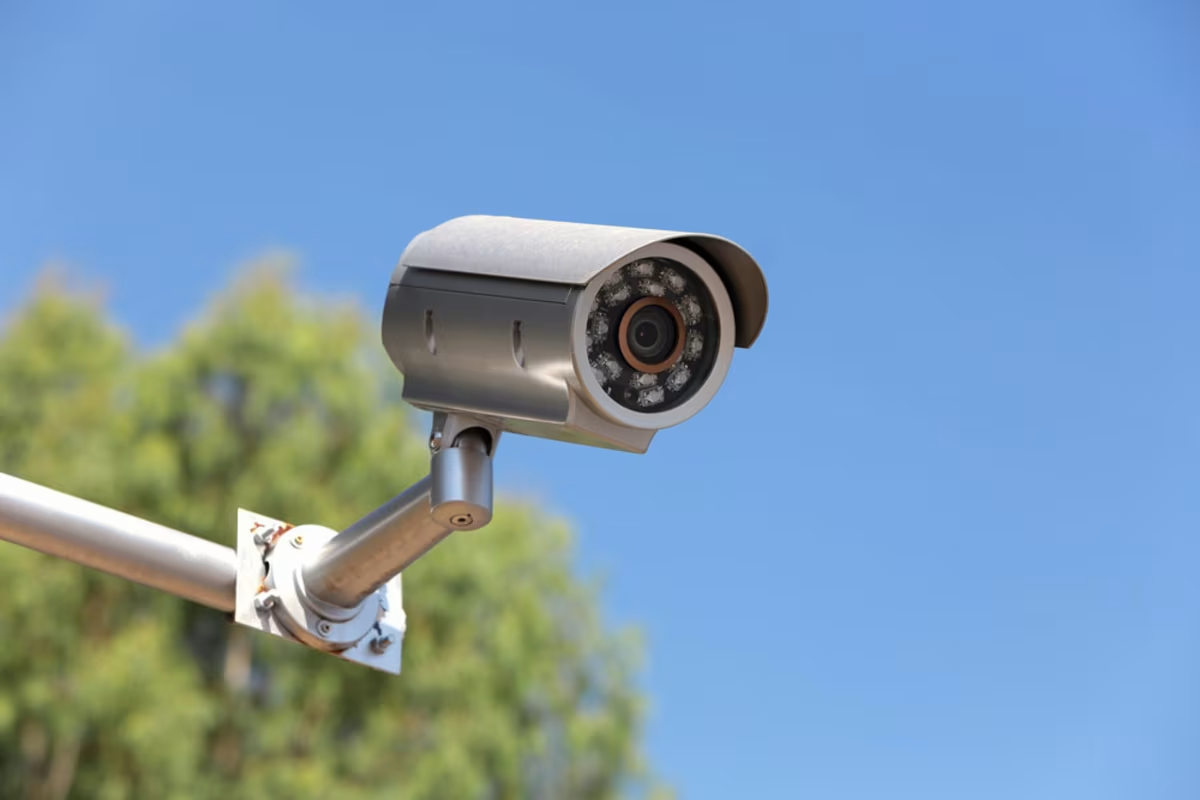
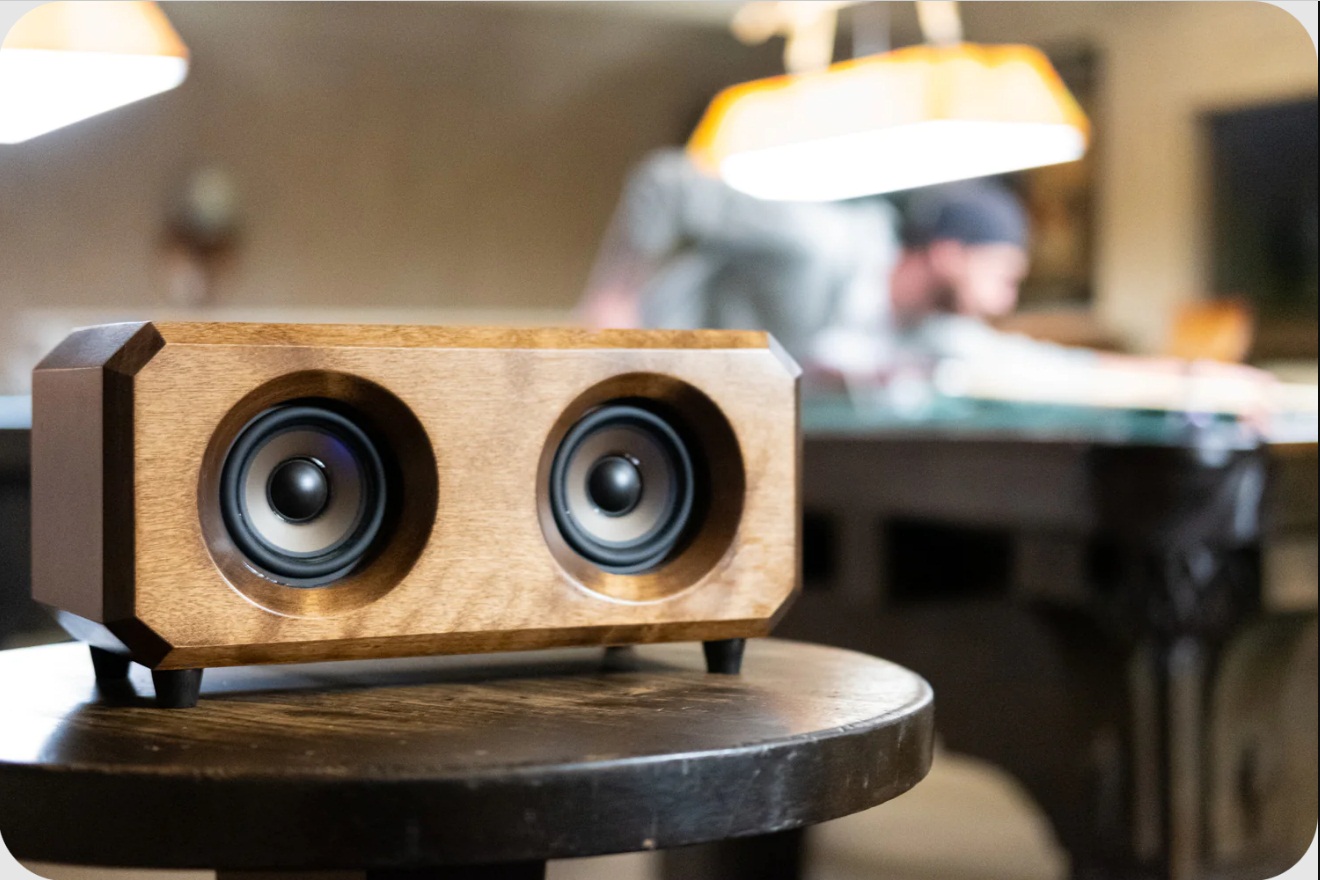
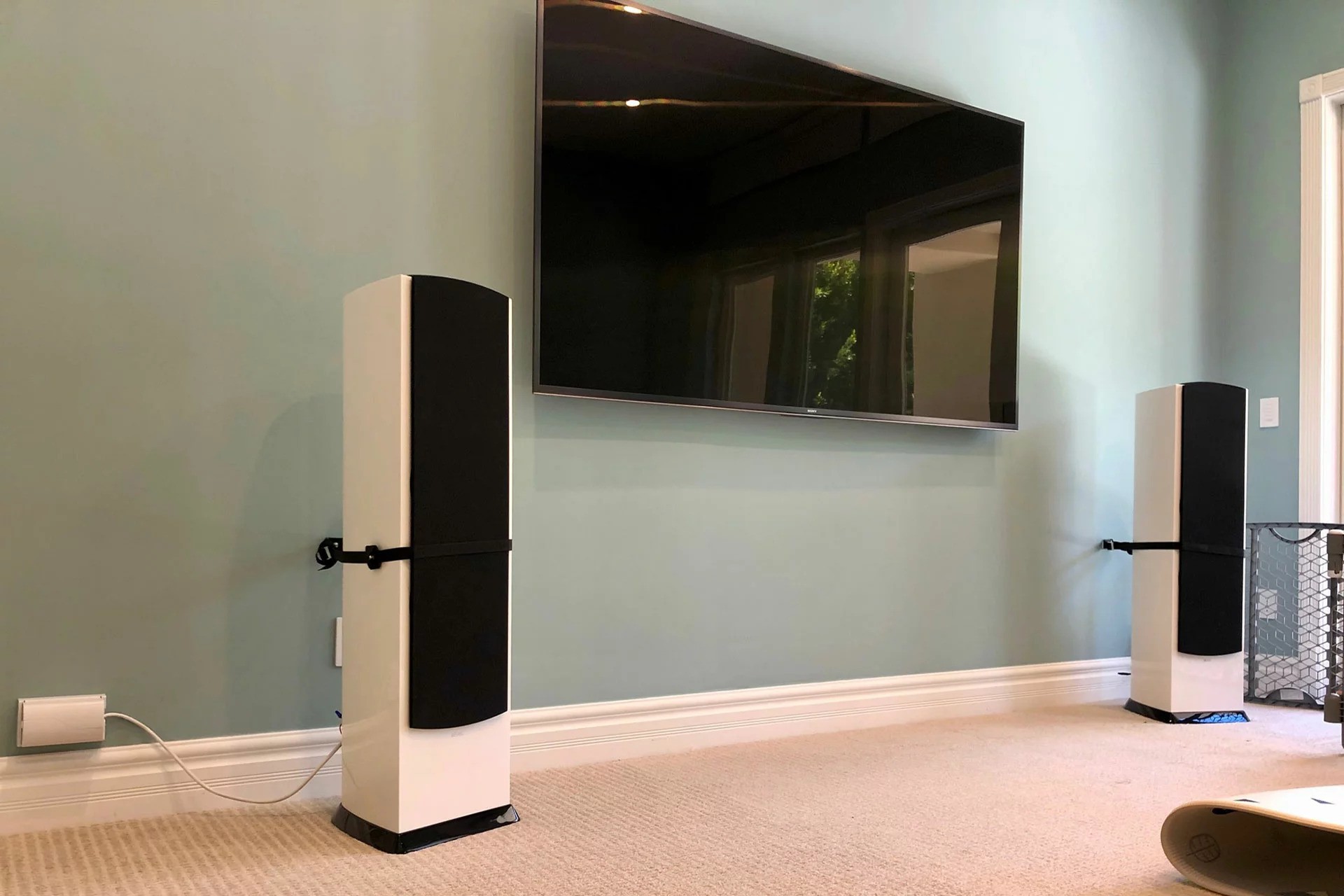
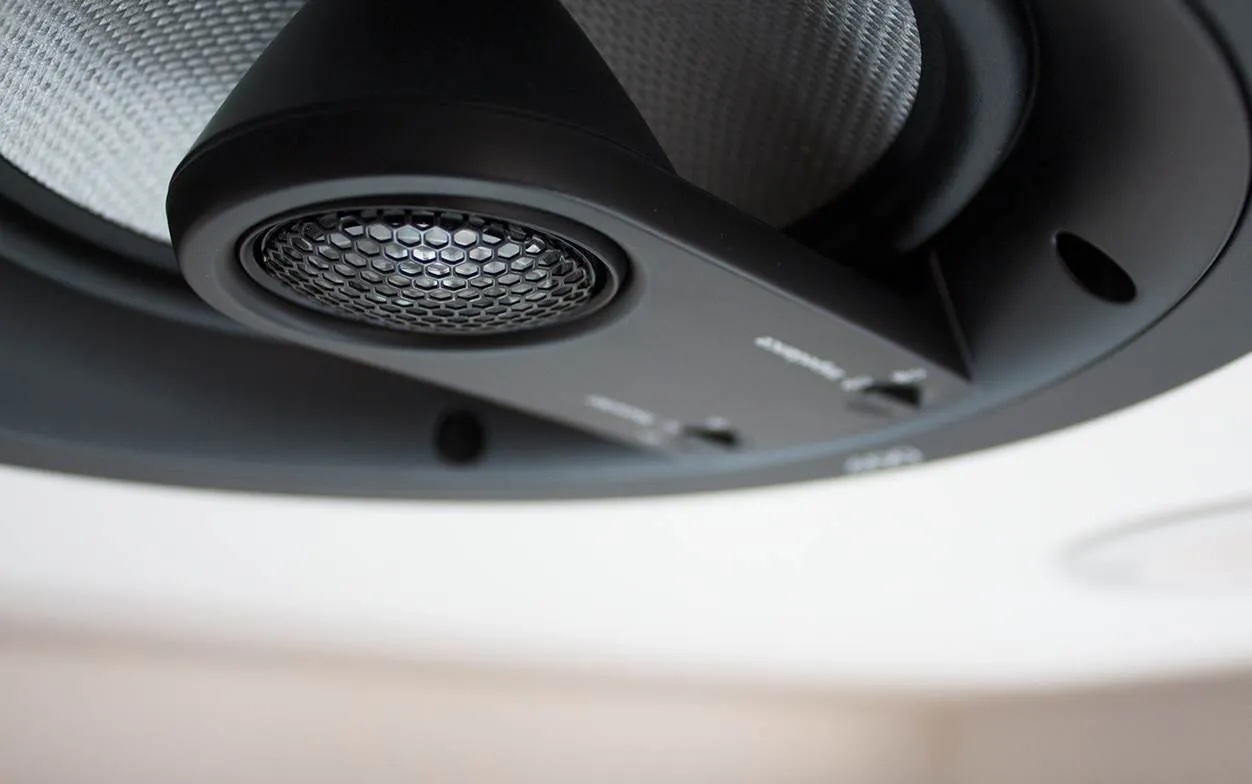
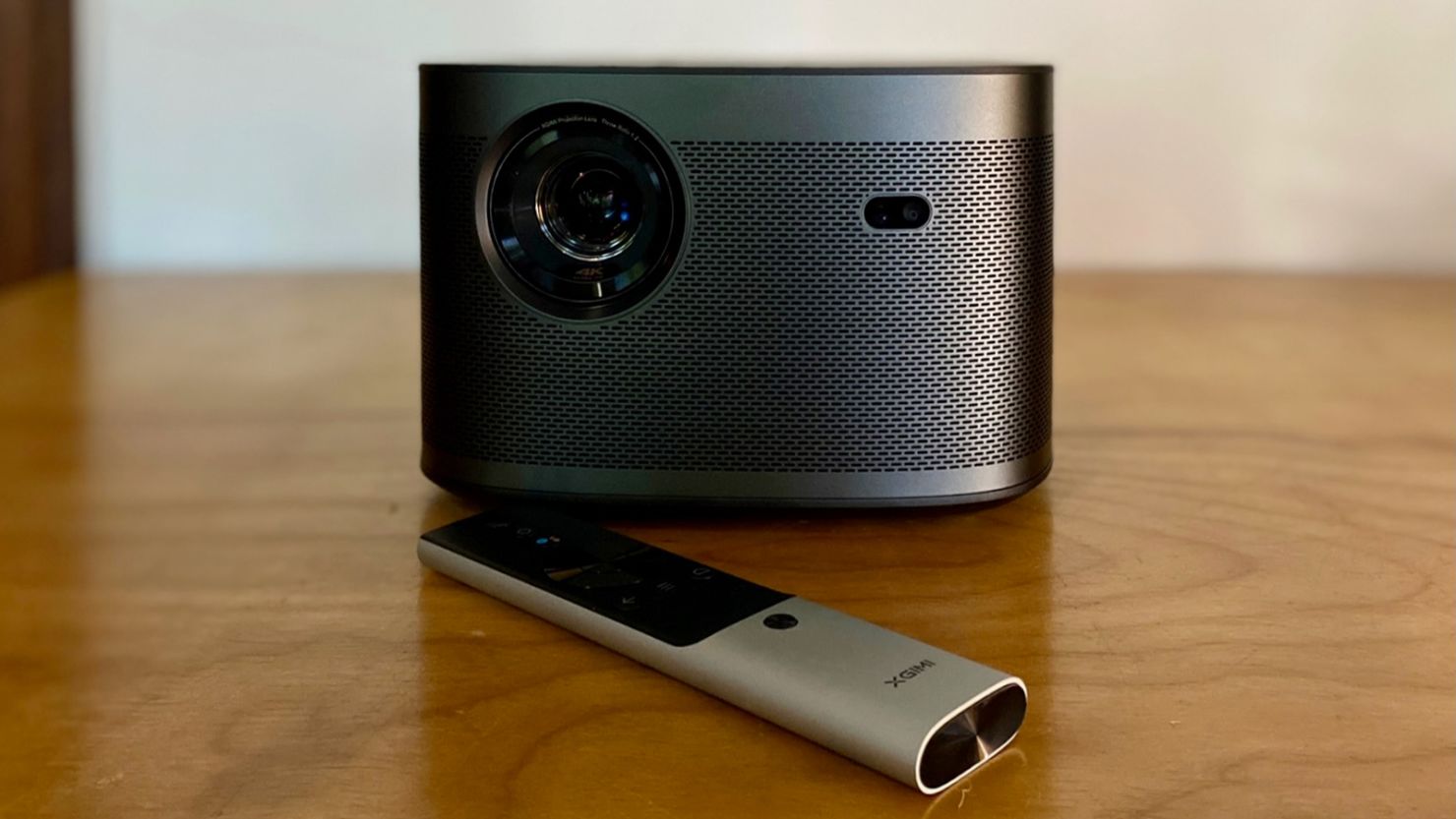

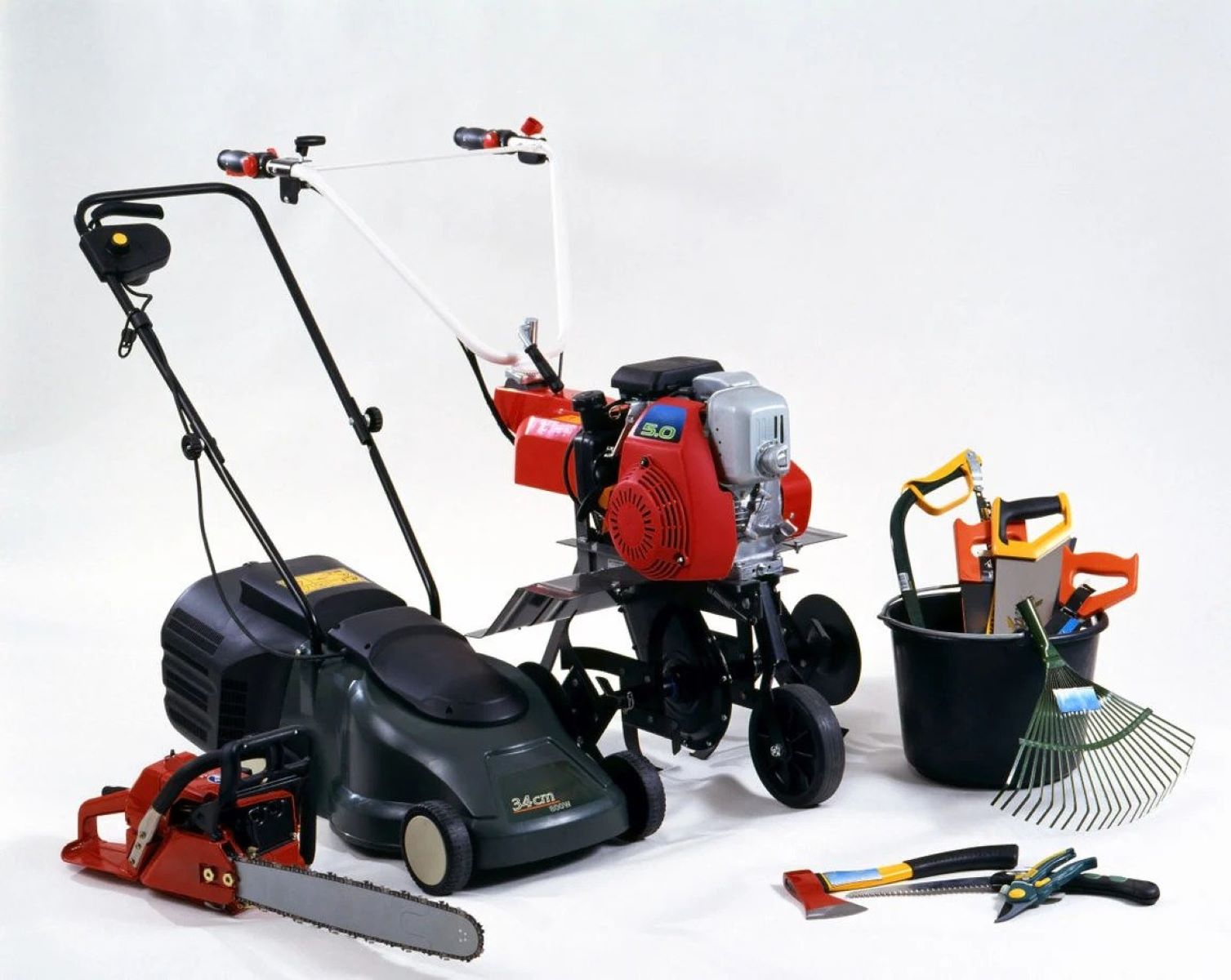

0 thoughts on “How To Power Outdoor Speakers”